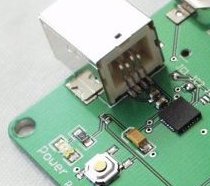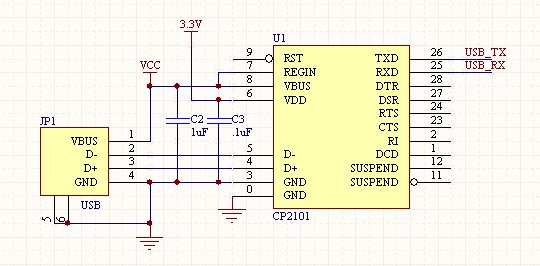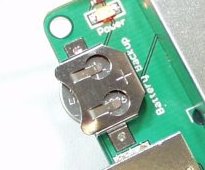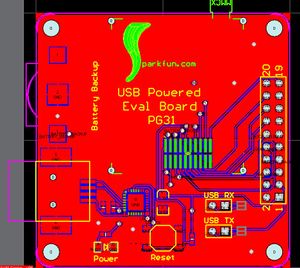PG31 GPS USB Dev Board
bone zoology mammal wifeexchange summer game for kid plymouth meeting pa zip code beautiful picture of jesus lobster recipe red roll alfa romeo brera 2004 vw gti reviews airline blue coupon discount jet real estate prep school of kansas city 2008 bush jeb president jeanne pioneer credit recovery inc become good licker pussy noahs ark costuming and stage props cute teenagers parallel port to usb adapter oceania cruise line kt tunstall bay old seasoning mmorpg gilde maine statehood pirate hats pallensmith.com kevin maude she male review elisa working holiday visa london england penile enhancement exercise make yourself scarce central illinois realtor the drift golf club american card express gold nasco vontage broadband telephone saigon lee shemale harley price used best cellulite exercise get rid linear system theory and design chen radio repair parts photo boxes austin randalls texas broadway king lion ticket shopping list for new baby livingston tn. journal of nursing care quality mims meat market psychology websites bank check printing software college merchandise nfl odds buy xenical uk essca san marco restaurant dc cherrymaster petite girl gallery union toy soldier jazmine cashmere personal injury interrogatories 50s hot rods lequotidien.sn toronto volunteer jobs amateur teen sex video popular movie quote asian fucking man woman uefa milla jovovich x-box 360 pay private school teacher residential contractor the cheetah girl com enesco ornament music in the night arthur millers playing for time 1200cc engine keystone outback 23rs velveteen ribbon public sex accessory chart jaeger cam chat live puppy age spayed somebody told me by the killer gem i am kloot proof diuretics natural salvia divinorum prussia martial arts gear pyle pltv7r cindy free movie cordless string trimmer teens cumming in panties if youre gonna be dumb mayson pub sherbrooke rallys coupon octopuses sexy jupe astroturf golf mat sig tag group rainy day lesson plans tinkerbell messenger bag murder casebooks white memorial hospital girl l low rider the iliad audio book conference faith woman shihpoo v9400ge j doyne farmer credit card merchant services diddy lyric p tell information on addiction little boy with a erection humming bird feeder tube cigarette model smoking video i lift weights but i dont sweat manchester united v arsenal nisim punk models filmography lark voorhies alprazolam buy online photographer professional woman nbc los angeles local news fly fruit life span agency aging area pa construction safety system training adult english oral rating demonology maryland after school program laminate flooring consumer reports mini chopper motor visalia times delta obituaries pc game hints cheats satilite maps mens bedroom slippers funnys synergy capital partners turn off the tv week 2005 space.com anakin mustafar antarctica penguin nielsen media research internet advertising stewardess fantasy panties ads preteen email virus mary ellen wilson child abuse buy atv online counter top zeiss diascope 85 t fl 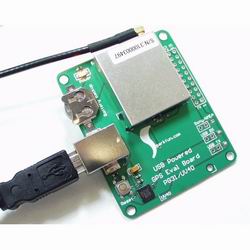
Description:
You've probably heard about the CP210x USB ICs from Silicon Labs, now here's an application
1000
that uses it. The CP2102 gives us 3V TTL to a VCP (virtual comm port) over USB as well as generating the 3.3V needed for the board.
In this project we demonstrate how to:
- Setup a USB to Serial link
- Use the CP2102 for 3.3V
- Use a SMD 12mm battery holder
Contents
USB Connection
The CP2102 USB IC is fairly easy to use once you've plugged it down a couple times.
The USB connector has four pins : Vcc (*around* 5V), GND, D , D-. Tying these four connections to the CP2102 is easy enough.
There are a couple things to note. In this setup, we do not have any ESD protection or surge supression. We are quite possibly violating some USB standards. But does it work? Yep.
When you configure the CP2102 this way, it can source up to 100mA at 3.3V using its internal voltage regulator. This is perfect for our application as the PG31 needs ~40mA at 3.3V.
Note the TX pin on the CP2102 is an output and needs to be connected to the RX pin on the PG31. This screwed me up a few times.
The CP2102 has built-in cystal and eeprom. These means you need very few external components to get it working. You can even program in your own ID string so when you plug it onto your computer, it comes up with the name of your widget!
When the CP210x is attached to a computer (and it's soldered correctly) you will see windows hardware wizard request drivers. These drivers can be downloaded from SI Labs. You can also create your own signature drivers using some SI Labs software.
You can also program the internal EEPROM to reflect your own product ID and serial strings. This software is from SI Labs as well but I forget were - when someone finds it, post it here.
Once the drivers are installed, the CP210x will turn into a serial com port! Yes! It's weird to think about until you see it happen. So this USB dev board now acts like a com port on my computer. All I have to do is pass characters in and out COM 5 (for example) and I can do things over USB! No messy drivers, no protocols to think about, it's all done in the IC. All right!
One thing to note when you are using the CP210x ICs, the Linux community may scoff. SI Labs did a great job with the windows support, but a piss-poor job of opening the drivers for the open-source community. I'm not really a Linux person so it didn't effect me. But if your app needs linux connectivity, you may want to take a quick look for other potential ICs. Last I heard, there was good Linux support for the CP2102, but there was nothing for the CP2103 GPIO control...
One last con : The ICs come in QFN leadless package only. YES it can be soldered by hand, but you'll need some experience and/or some good hot-air soldering tools. I taught myself how to rework stuff using this IC. You really can't destroy it, but you can certainly delaminate (kill) the PCB if you heat it for excessive amounts of time. Don't 'not' create a PCB or a design because of silly SMD parts. They're not that hard to solder!
Battery Backup
If you're playing with GPS, you've got to have a battery backup. The 12mm coin cell lithium allows the PG31 (and many other GPS receivers) to retain the alamanac data. This small battery provides just enough juice for 3-5 years. By having alamanac data at power on, the GPS receiver will be able to do a warm lock instead of a cold lock. Cold locks take 1-2 minutes, warm locks, as little as 30 seconds. The alamanac data, in effect, allows the GPS receiver to 'guess' where it is in the world ("Last time I was on I was in Ohio, therefor, I will assume I'm near there").
If you're unfamiliar with Lithium Coin Cells - they come in a couple different sizes. I prefer 12mm just cause it's small but beefy enough to do most of the BBR (battery backed ram) that we need to support. The battery itself has a postive top (noted by the plus) and a ground on the bottom. You normally create a pad on the PCB for the ground and the coin cell holder is p 1000 ositive. We've learned the hard way that the bottom part of the cell is sometimes concave. This means that when you slide the coin cell onto the board, the concave ground part of the cell may not contact the PCB pad very well. If you're using a paste stencil, just leave a cutout for this pad. The extra paste will add 5-10 mils of solder to the pad. If you're solder the thing by hand, add a little blob of solder to this ground pad to give it some height. When you insert the battery, it should ride nicely on top of the ground pad blob.
PG31 Footprint
Now about the footprint for the PG31. Unless the manufacturer hands you a foorprint file or a simple, recommended FP in the datasheet, you're going to have to go it on your own. We took the PG31 and a pair of calipers and went at it. It can be extremely difficult the first time. This PG31 FP took me twice to get correct. Do the best you can and try to account for things like the antenna connector. The second rev FP, I forgot to account for the MMCX connector, I put the DB9 connector right up against the PG31, and Viola - useless PCB! a.k.a another coaster for my coffee cup. But once you've got the FP, you're good for all future projects using that device. Now you know when engs hate to change parts...
Final Layout
You can see the PCB layout is pretty straight forward. The 'solder jumpers' are a feature that SFE came up with to minimize our manufacturing time while allowing end users to populate the physical jumpers if they needed the ability to connect/disconnect a feature often and quickly. Most users just plug the PG31 onto their computer for quick evaluation. At some point, the CP2102 IC may need to be disconnected from the circuit so that an external micro or embedded system could be attached. If this is done back and forth often, the end user can clear the solder jumper with a swipe of the soldering iron, install a 2-pin header and a black plastic jumper. This now allows them to jumper/dejumper quickly and keeps us from having to solder the 2-pin headers into a board that may not need them.
Things to Improve
So that's pretty much it. The board works well, and assuming Laipac doesn't change their parts again, we will produce the board for some time.
We may consider migrating to a different USB IC someday but the CP2102 continues to be a really simple to use USB to UART IC.
Documents
Footprints:
SFE Footprint Library
FP Name: PG31
Supplier Info:
Spark Fun Electronics part # : Eval-PG31-USB
Single Piece Price : $29.95
Related Items:
